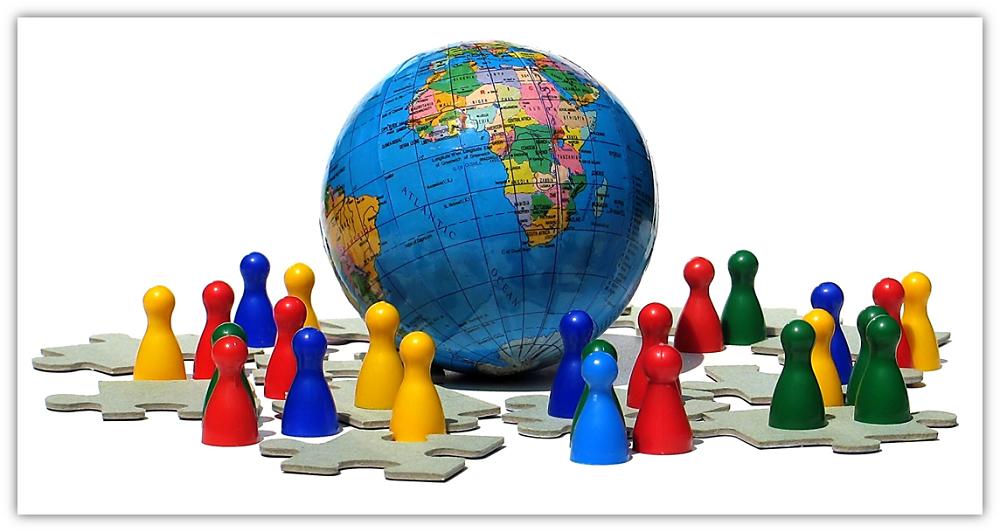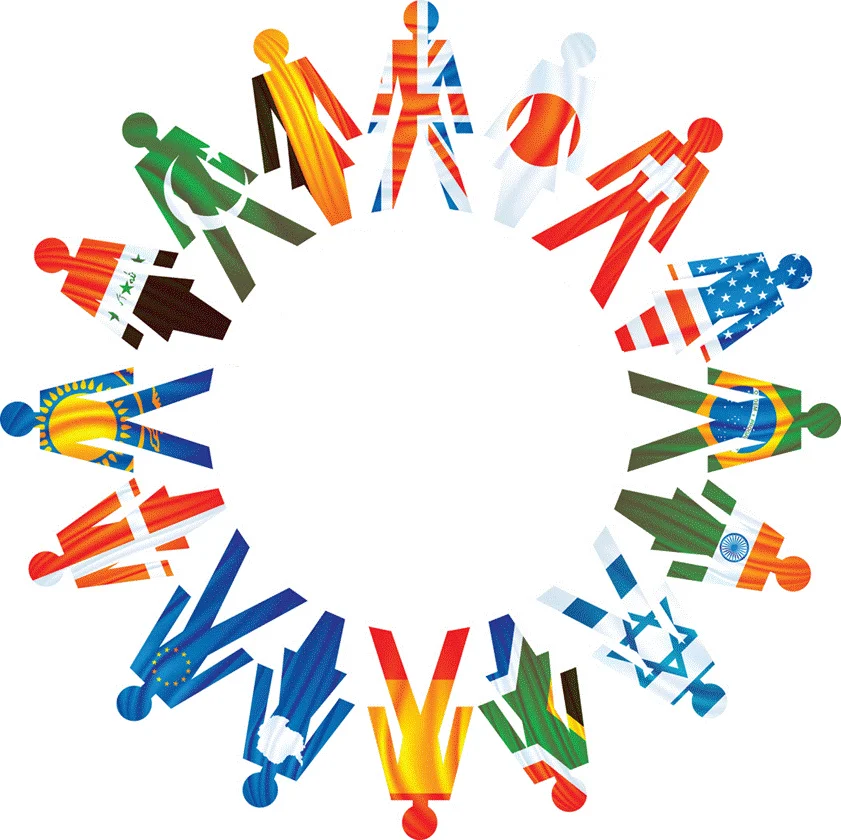Introduction
Cultural influence plays a powerful role in shaping the way people live, think, and interact with one another. From traditions and beliefs to art, language, food, and fashion, culture is the invisible thread that connects communities across generations. In today’s interconnected world, cultural influence not only defines local identities but also transcends borders, creating a global exchange of values and ideas. Understanding cultural influence is essential for appreciating diversity, fostering unity, and navigating the modern world.
What is Cultural Influence?
Cultural influence refers to the way traditions, practices, customs, and beliefs of one group affect the behavior, values, and lifestyle of another. It can be subtle, such as adopting new culinary tastes, or profound, such as changing worldviews through religion, education, or art.
Key areas of cultural influence include:
-
Language: The spread of languages like English, Spanish, and Mandarin has created global communication bridges.
-
Art and Music: Genres like hip-hop, K-pop, and classical music influence global entertainment and identity.
-
Food: From Italian pasta to Indian curry, cuisines shape the world’s dining preferences.
-
Fashion: Trends inspired by cultural heritage often dominate international fashion weeks.
-
Technology and Media: Social media platforms amplify cultural trends and spread them worldwide.
Historical Examples of Cultural Influence
Cultural influence has shaped civilizations throughout history.
-
The Silk Road: This ancient trade route allowed the exchange of goods, religions, languages, and philosophies between Asia, the Middle East, and Europe.
-
Greek and Roman Influence: Western philosophy, democracy, architecture, and law have roots in classical civilizations.
-
Colonialism: European expansion spread languages, religions, and governance systems worldwide, deeply shaping Africa, Asia, and the Americas.
-
The Harlem Renaissance: A cultural movement in the U.S. that influenced music, art, and literature globally, promoting African American identity and creativity.
Cultural Influence in the Modern World
In the 21st century, cultural influence moves faster than ever due to globalization, technology, and migration.
1. Media and Entertainment
Hollywood films, Korean dramas, Bollywood music, and Japanese anime dominate global entertainment industries, shaping how people perceive stories, fashion, and lifestyles.
2. Food and Culinary Trends
Globalization has made cultural cuisines widely available. Sushi, tacos, pizza, and kebabs are enjoyed worldwide, bringing cultures closer through food.
3. Fashion and Lifestyle
Cultural clothing like Indian saris, African prints, and Middle Eastern abayas inspire international designers. Streetwear and K-pop fashion also set global trends.
4. Religion and Spirituality
Religions such as Christianity, Islam, Hinduism, and Buddhism continue to influence global ethics, traditions, and community life.
5. Technology and Digital Culture
Social platforms like TikTok, YouTube, and Instagram act as cultural transmitters, enabling people to share art, language, humor, and traditions instantly.
 Positive Effects of Cultural Influence
Positive Effects of Cultural Influence
Cultural influence enriches societies in many ways:
-
Promotes Diversity and Tolerance: Exposure to other cultures reduces prejudice and encourages acceptance.
-
Drives Creativity and Innovation: Fusion in art, food, and fashion inspires new creations.
-
Boosts Global Trade and Tourism: Cultural festivals, music, and cuisines attract international visitors.
-
Improves Communication: The spread of global languages and digital platforms enhances cross-cultural dialogue.
Challenges of Cultural Influence
While cultural influence brings benefits, it also raises challenges:
-
Cultural Appropriation: Misusing or disrespecting cultural symbols can create tension.
-
Loss of Identity: Globalization may weaken local traditions and languages.
-
Stereotyping: Oversimplified portrayals of cultures can lead to misunderstandings.
-
Economic Imbalance: Dominant cultures often overshadow marginalized ones, reducing cultural diversity.
The Role of Cultural Exchange
Cultural exchange—through travel, education, and international collaboration—helps maintain balance. Initiatives such as student exchange programs, UNESCO heritage projects, and global festivals encourage people to experience other cultures with respect and understanding.
Cultural Influence in Business and Marketing
Companies recognize the power of cultural influence in connecting with audiences.
-
Advertising: Brands adapt campaigns to local traditions and cultural values.
-
Product Development: Global companies customize products to meet cultural preferences.
-
Workplace Diversity: Embracing cultural backgrounds improves creativity, productivity, and inclusivity.
Future of Cultural Influence
As the world becomes more interconnected, cultural influence will continue to evolve:
-
Digital Culture Expansion: Virtual reality, AI, and online communities will reshape how people share cultural experiences.
-
Hybrid Identities: Younger generations are blending traditional and modern lifestyles, creating unique cultural identities.
-
Global Movements: Climate change, human rights, and social justice causes show how cultural values drive collective action worldwide.



You must be logged in to post a comment.